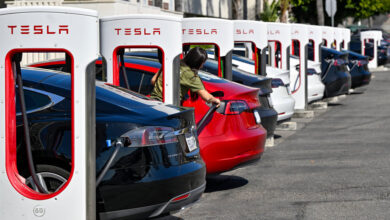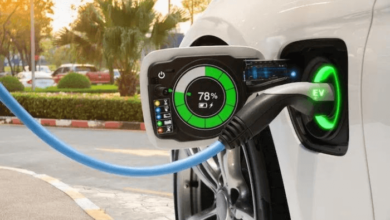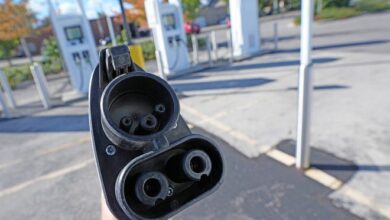Electric vehicle financing startup Zevvy shut down.…

“As of October 2023, our vehicle assets were worth nearly 50% less than when we purchased them,” Krulewitz wrote on LinkedIn. “At the same time, our cost of funds went up nearly 40%. Game over, lights out.”
Venture capital comes with complications
Krulewitz didn’t attribute his company’s demise solely to the slings and arrows of outrageous fortune.
“You can’t just blame the market,” he said. “It was a combination of poor timing and also some strategic errors.”
First up was the choice to seek out venture capital to begin with. Krulewitz calculated that bringing EVs directly to customers was the fastest way to achieve his goals; that meant raising venture capital and giving it a shot.
Over time, though, Krulewitz came to appreciate how laborious and costly it is to work with fleets of vehicles, which need to be maintained, insured, and retailed. These tasks are typically done by massive legacy companies with big balance sheets and regulatory departments. Krulewitz wanted to get drivers into EVs quickly — but it’s a tough sector for a small startup with limited funds and investors expecting venture-grade returns.
One alternative would have been building more of a VC-friendly software platform to attract drivers to affordable EV leasing, and then handing them off to established dealers or financiers to handle the actual vehicle transactions. But that strategy depends on the willingness of legacy institutions to adopt a new approach to leasing; even if they were willing, it takes time to move such companies through the regulatory and bureaucratic hurdles.
Meanwhile, navigating the intersection of automotive, financing, and climatetech made it difficult to nail down the company’s core focus.
“I still don’t know if we ultimately were trying to build a leasing company, a marketplace, or a technology platform,” Krulewitz noted in the post. “I certainly pitched versions of each to different constituents, but not fully validating any one model resulted in nothing [being] as good as it should’ve been.”
Access to electric vehicles is (slowly) increasing
The story of Zevvy’s demise points to the serious headwinds impeding mass adoption of EVs. Automakers keep chasing luxury bells and whistles instead of pumping out affordable commuter cars. Legacy companies with the wherewithal to finance EVs for the masses are constitutionally cautious; the upstart risk-takers lack the money and reach to make as much of an impact.
Nonetheless, decarbonizing the U.S. economy still requires a massive shift to electrified vehicles.
There are signs that this shift is underway. Last year, electric vehicles and hybrids drove 16 percent of new sales in the U.S., a record for cleaner vehicles that coincided with record-low market share for traditional combustion engines.
The 2022 Inflation Reduction Act has already done several things to push down prices for would-be EV buyers, Krulewitz noted. The law instituted a tax credit for new EVs that can go up to $7,500 if automakers meet rules for where the car and the battery are produced and the suggested retail price is below $55,000 for cars and $80,000 for pickup trucks and SUVs. But car companies that don’t meet those stipulations often knock $7,500 off their prices to match the tax credit their competitors can get, Krulewitz said.
Now used EV buyers can get up to $4,000 off that purchase, which was not an option before the IRA. And leasing companies can use the 45W tax credit to effectively lower the monthly lease terms for customers, making certain leases more attractive than buying the same model outright.
Other startups are carrying the torch of pay-per-mile accessible EV offerings, Krulewitz said. Spring Free EV initially offered easy EV options for commercial fleets, and now advertises 3-year, high-mileage leases for gig drivers, a group that made up a large portion of Zevvy’s customer base. Hive appeals to high-mileage drivers with shorter-term EV subscriptions that have no mileage caps; it also offers a path to ownership that doesn’t impose a big down payment.
Crucially, both of those companies have specialized funding streams behind them. Last year, Spring Free EV received a $31 million investment from private equity firm Spring Lane Capital that included equity for the startup’s Series A round and a debt facility for buying vehicles. That deal was expected to grow the company’s fleet to tens of thousands of vehicles by 2025. Similarly, Hive raised $30 million in 2022 to support 1,000 EVs for high-mileage drivers, plus solar-powered fast-charging hubs.
For his part, Krulewitz plans to keep working to link up the fields of clean energy, automotive retail, and financing. And there are reasons for confidence in that convergence: IRA credits are flowing, interest rates are stabilizing, and battery costs are continuing to fall, making the mythical cheap EV more attainable with each passing year. EV-focused startups with the right funding in place now may find that time is on their side.



